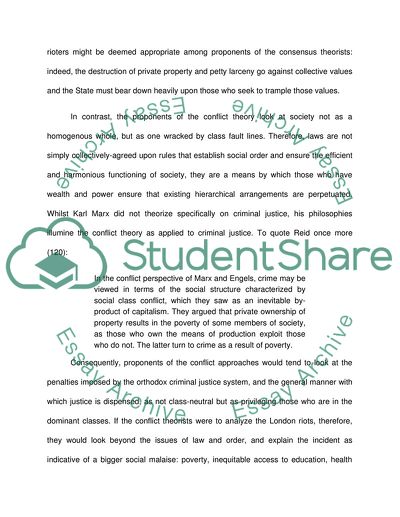Cite this document
(Understanding Rape Through the Consensus and Conflict Approaches Research Paper, n.d.)
Understanding Rape Through the Consensus and Conflict Approaches Research Paper. Retrieved from https://studentshare.org/sociology/1580111-select-a-type-of-crime-such-as-rape-and-write-a-paper-explaining-the-differences-between-the-consensus-and-conflict-approaches-to-explaining-it
Understanding Rape Through the Consensus and Conflict Approaches Research Paper. Retrieved from https://studentshare.org/sociology/1580111-select-a-type-of-crime-such-as-rape-and-write-a-paper-explaining-the-differences-between-the-consensus-and-conflict-approaches-to-explaining-it
(Understanding Rape Through the Consensus and Conflict Approaches Research Paper)
Understanding Rape Through the Consensus and Conflict Approaches Research Paper. https://studentshare.org/sociology/1580111-select-a-type-of-crime-such-as-rape-and-write-a-paper-explaining-the-differences-between-the-consensus-and-conflict-approaches-to-explaining-it.
Understanding Rape Through the Consensus and Conflict Approaches Research Paper. https://studentshare.org/sociology/1580111-select-a-type-of-crime-such-as-rape-and-write-a-paper-explaining-the-differences-between-the-consensus-and-conflict-approaches-to-explaining-it.
“Understanding Rape Through the Consensus and Conflict Approaches Research Paper”, n.d. https://studentshare.org/sociology/1580111-select-a-type-of-crime-such-as-rape-and-write-a-paper-explaining-the-differences-between-the-consensus-and-conflict-approaches-to-explaining-it.


